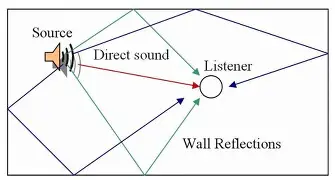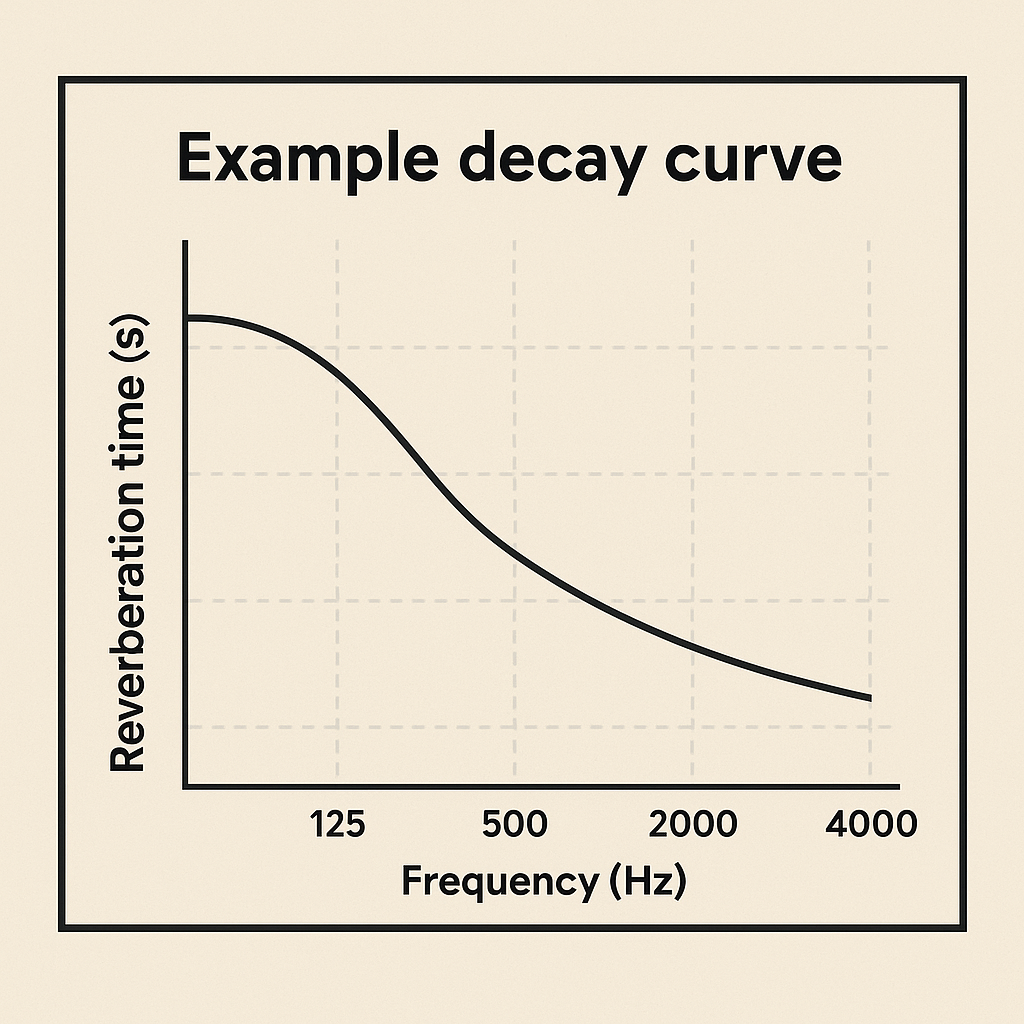In professional audio environments, even the most advanced equipment can’t do its job properly if the room itself isn’t acoustically sound. Room acoustics influence everything from how clearly speech is understood to how music is felt. Whether it’s a small studio, a large auditorium, a dynamic conference room, or a focused classroom, the way sound behaves within a space can elevate or undermine the entire audio experience. For AV consultants, system integrators, and audio designers, understanding room acoustics isn’t optional—it’s essential.

1. Why Room Acoustics Matter
Imagine speaking in a space where your words bounce around endlessly, or listening to music that feels boomy and unbalanced. That’s the effect of poor acoustics. When sound is produced in a room, it doesn’t just travel directly to the listener—it reflects off walls, ceilings, floors, furniture, and anything else in its path. These reflections, if left uncontrolled, can create chaos: muddy speech, harsh echoes, or an unnatural sense of space.
No matter how precise your speakers or microphones are, they can’t overcome a poorly treated room. Acoustic planning is the silent hero of sound design. Done right, it enhances every element of the audio system. Done wrong—or skipped entirely—it becomes the reason even high-end systems fall flat.
2. Key Acoustic Concepts and Metrics
Reverberation Time (RT60)
Reverberation time tells us how long a sound lingers in a room. Specifically, RT60 measures the time it takes for sound to decay by 60 decibels. A well-balanced RT60 enhances clarity; too much makes speech garbled, and too little can make a room feel sterile. The formula to estimate RT60 is:
RT60 = 0.161 * (V / A)Where V = volume in cubic meters and A = total absorption in Sabins.

Clarity (C50/C80) & Speech Transmission Index (STI)
Clarity metrics like C50 (for speech) and C80 (for music) reflect how much of the sound reaches us early—within the first 50 or 80 milliseconds. More early energy equals better definition. Similarly, STI evaluates how understandable speech is, ranging from 0 (poor) to 1 (excellent). A well-designed conference or classroom aims for an STI above 0.75.
Room Modes
Low-frequency issues like boomy bass or disappearing notes often come from standing waves. These are natural resonances formed by the room’s dimensions, causing certain frequencies to amplify or cancel out. Addressing them requires strategic placement of low-frequency absorbers—often thick bass traps in the corners.
3. Acoustic Treatment Strategies
Absorption helps reduce echo and reverb. Fiberglass, acoustic foam, and mineral wool panels are commonly used, especially for controlling mids and highs. For bass, thicker materials are placed in corners to target long wavelengths.
Diffusion adds balance by scattering sound waves rather than absorbing them. This keeps rooms lively and spacious without introducing problematic reflections. Diffusers are especially valuable in studios, theaters, and performance spaces.
The key is balance. Overdo absorption, and the room feels lifeless. Ignore diffusion, and you lose natural spaciousness. A combination of both makes the room sound natural, clear, and comfortable.
4. Acoustic Considerations by Space Type
Studios and Control Rooms
Control rooms need accuracy. Low RT60 (0.2–0.4s), reflection control, and bass management ensure what you hear is what’s truly recorded. Rear wall diffusion and sidewall absorption help create an ideal mix environment.
Auditoriums and Theaters
These spaces are about envelopment. For music, a longer RT60 (1.5–2s) enriches sound. For speech, clarity and controlled reflections matter most. A thoughtful mix of reflective, absorptive, and diffusive surfaces is essential.
Conference Rooms
Here, communication is king. Short RT60 (0.4–0.8s) and low background noise ensure every word lands clearly. Proper ceiling treatment and wall panels help remote participants hear as well as those in the room.
Classrooms
Learning depends on intelligibility. ANSI S12.60 sets RT60 limits (≤ 0.6s), especially for inclusive learning environments. Acoustically treated ceilings and walls create comfortable, distraction-free learning zones.
5. Design Tools & Standards
Before building or retrofitting a room, simulation tools like EASE, CATT, and Odeon can predict how sound will behave. Afterward, Room EQ Wizard (REW) and similar tools help measure and verify that design goals are met.
Standards to consider:
- ISO 3382: Measures RT60 and clarity
- ANSI S12.60: Acoustic criteria for classrooms
- ITU-R BS.1116: Listening room recommendations
- AES Guidelines: Practical acoustic design references
6. Recommended Acoustic Solutions
From ready-made panels to custom installations, acoustic products today blend performance with aesthetics:
- Panels: Fabric-wrapped fiberglass, eco boards
- Bass traps: Corner-mounted, broadband, membrane
- Diffusers: QRD, skyline, polycylindrical
- Ceiling treatments: Clouds, hanging baffles
Choose products with published absorption coefficients and fire ratings. Modular systems also offer flexibility for multi-purpose rooms.
To Summarize, Acoustic design is both a science and an art. It’s about shaping how people experience sound—whether they’re learning in a classroom, collaborating in a meeting, performing on stage, or mixing in a studio.
When done right, it doesn’t just fix problems—it enhances communication, clarity, and emotion. Great acoustics let your gear shine and your message come through.
So next time you’re designing an audio space, remember: the room itself is an instrument. Make sure it plays in tune.